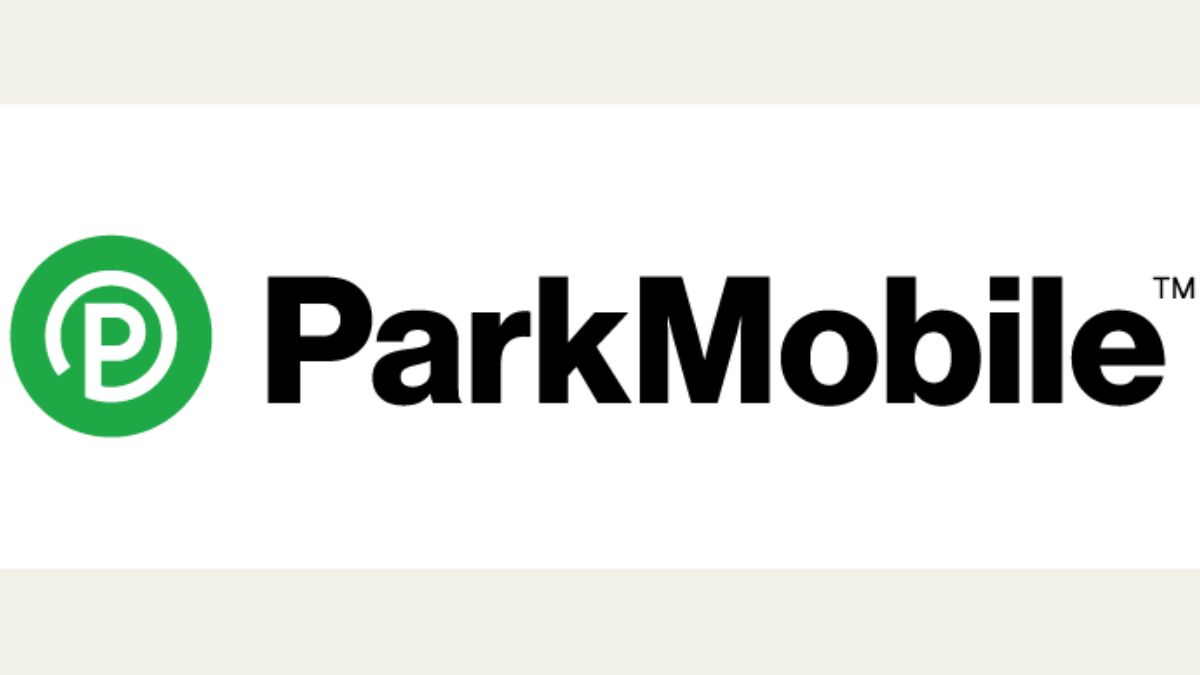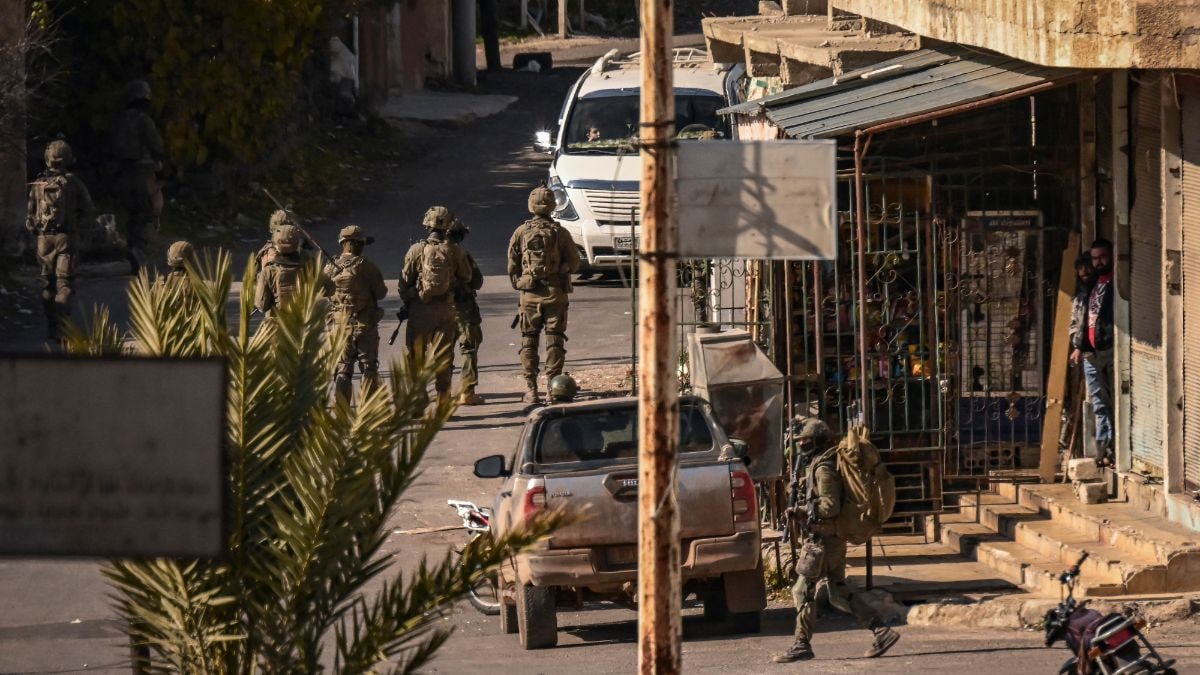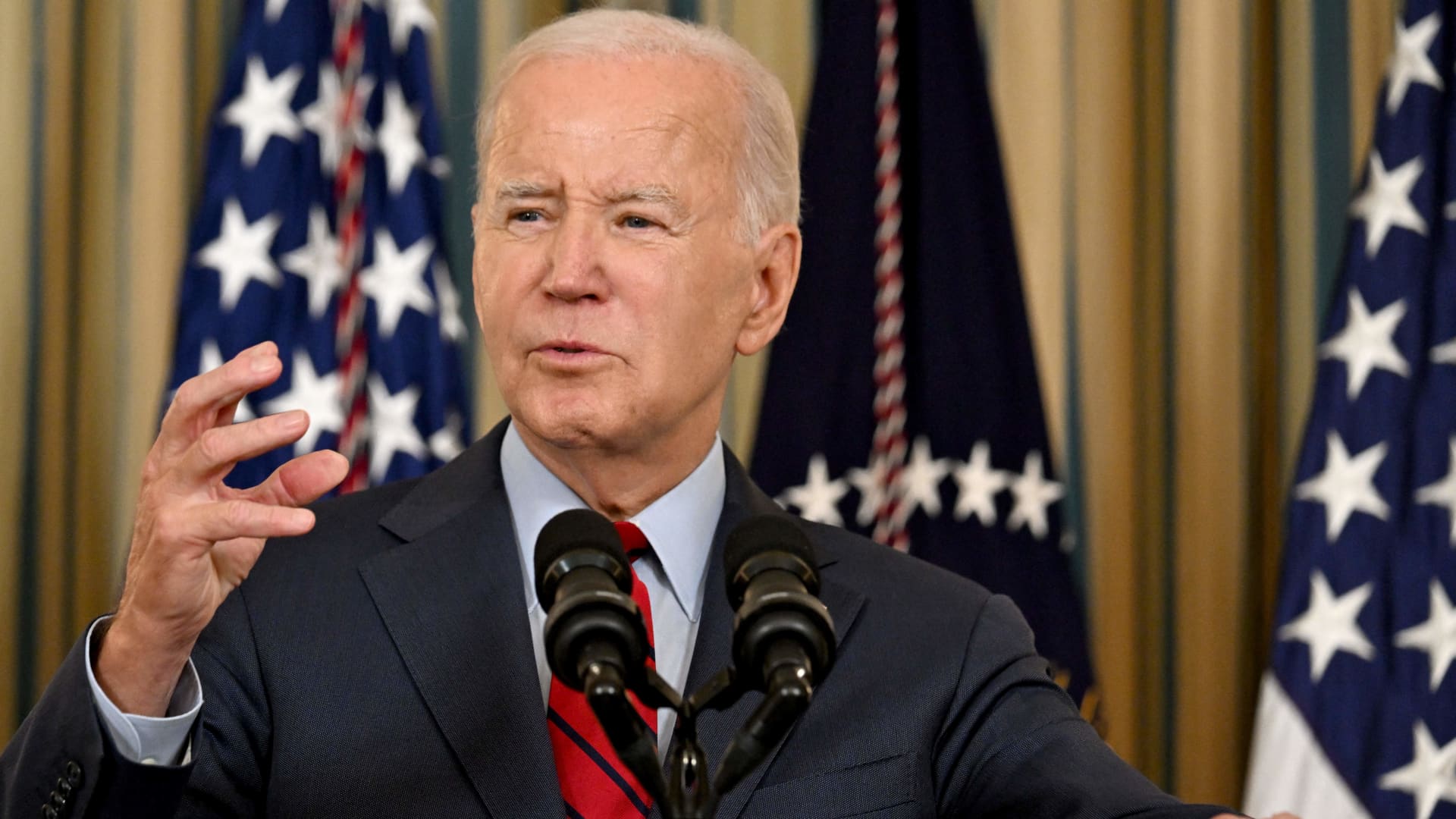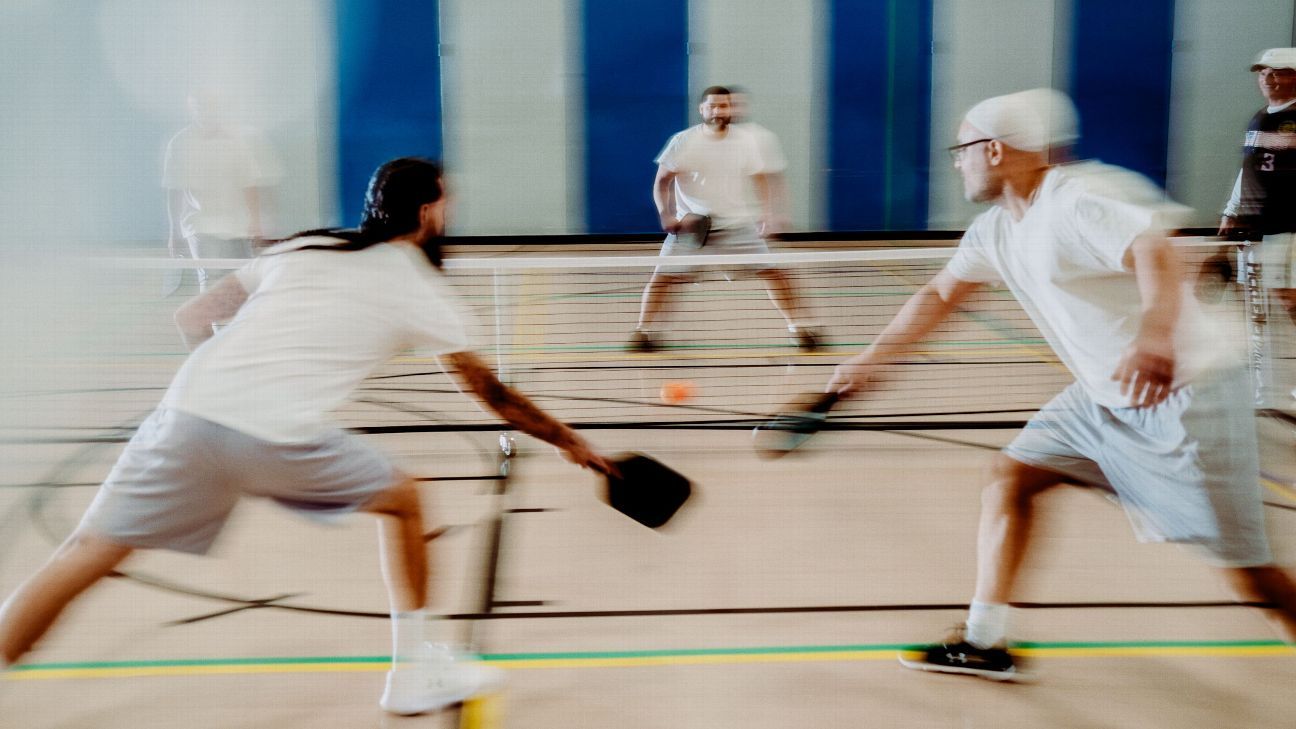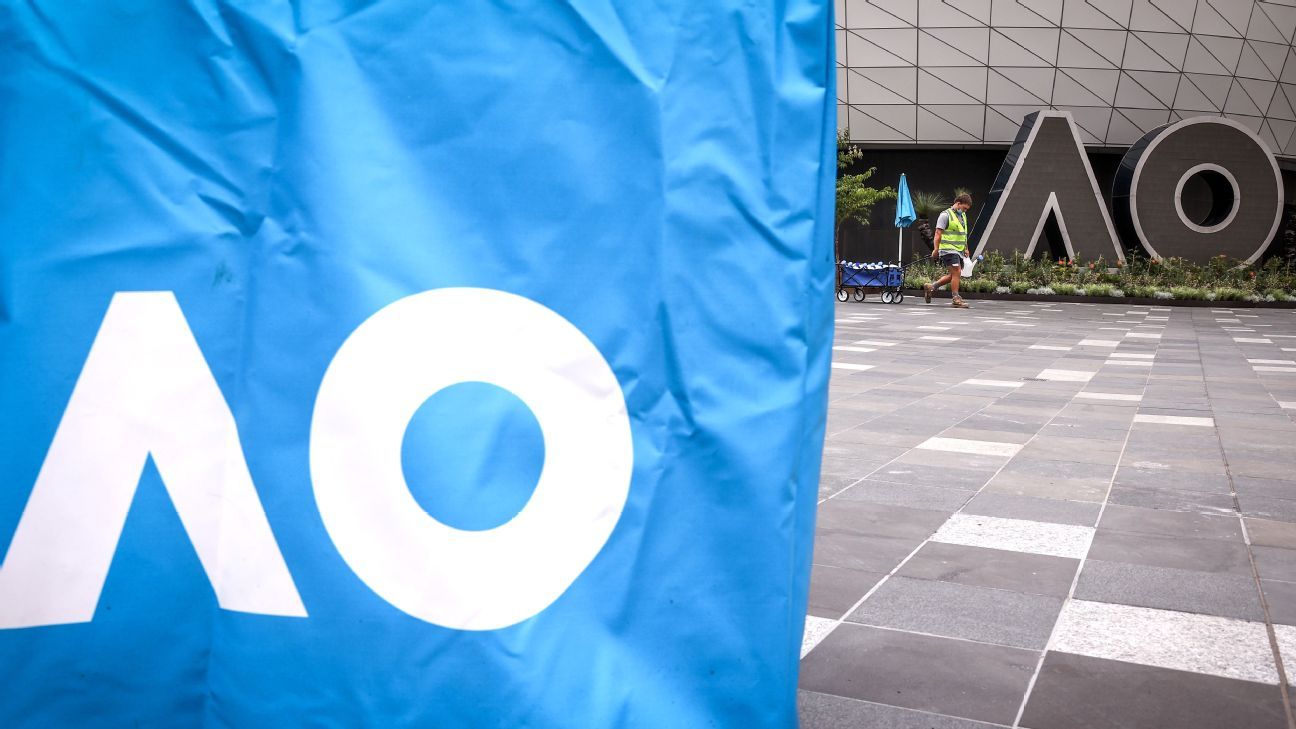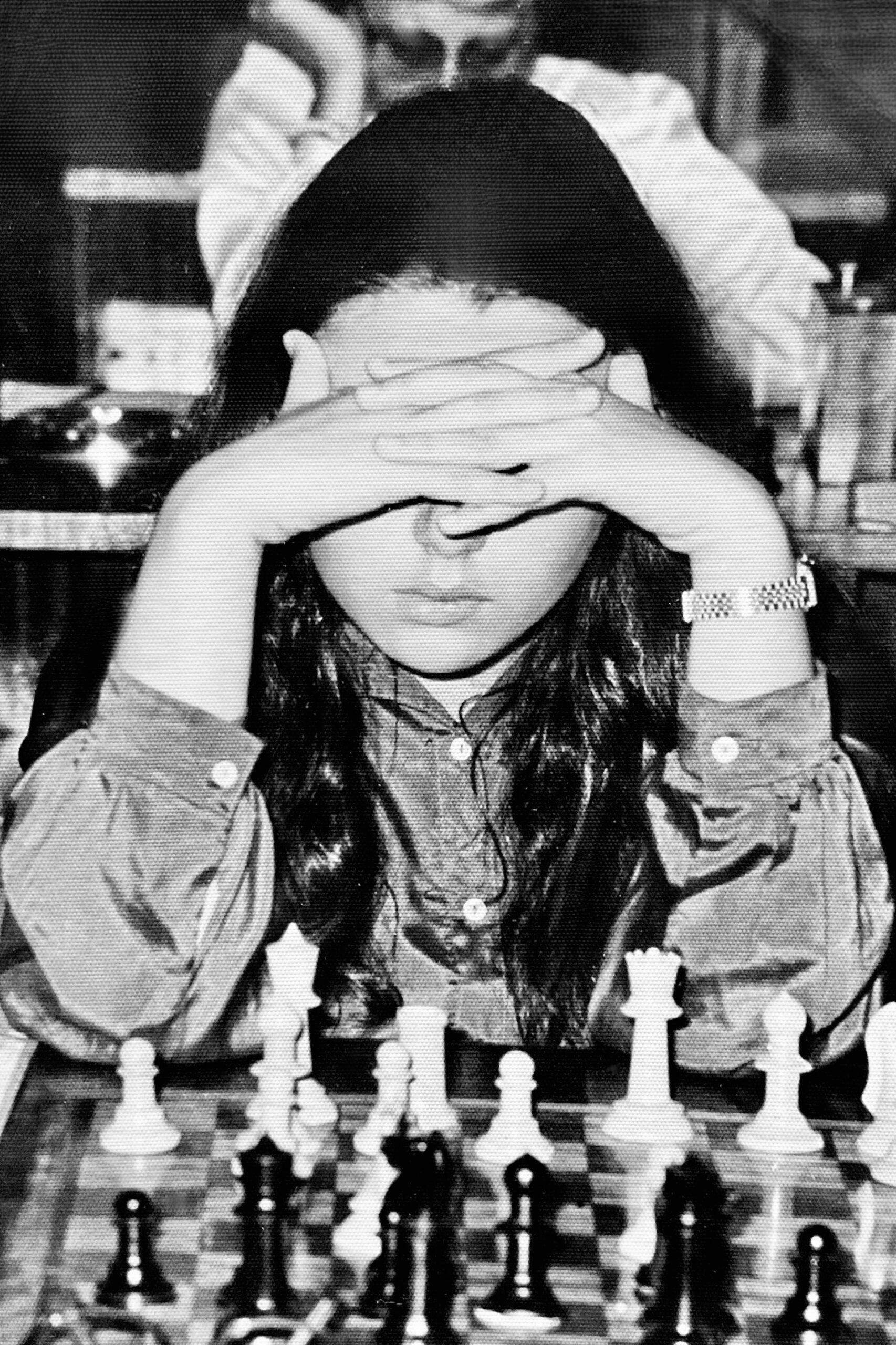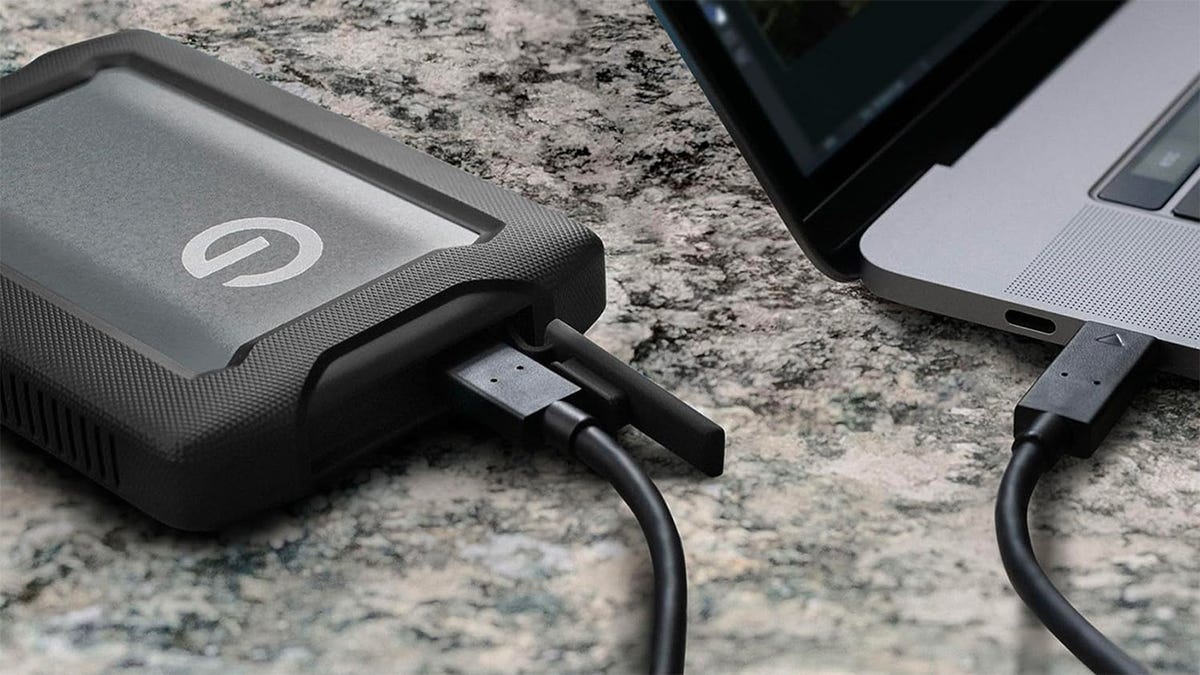The Year I Embraced the Potluck


You don’t have to do the most or spend the most, but you do have to make some effort
Before the pandemic, I didn’t cook for other people too often. It was easy to make excuses. Namely, it’s hard to fit people in my apartment for a dinner party; why not just go out to dinner? As we began to ease back into socialization though, not everyone I wanted to see was on the same page about dining out. Yet they, like me, were stymied by various logistical constraints when it came to dinner parties — not having a table big enough to seat everyone, or not having the desire to both offer up their space and cook.
Potlucks, then, emerged as a happy medium: Someone would volunteer their space, the rest of us would bring food, and everything would be served buffet-style. These potlucks were initially a way to control the conditions in which we socialized, but they had other benefits too. They created an accessible alternative to restaurants, whose prices were beginning their skyward ascent. And they offered the possibility for each of us to try a buffet of food, but without requiring that any one person spend and toil for everyone else’s benefit. Potlucks meant that someone could host with fewer of the stresses of hosting; it would be a shared endeavor.
In those transitional days, we had soup night, brunch meetups, and themed picnics; a dinner in which everyone brought a different stuffed dough from around the world (varenyky, but also homemade Pop-Tarts and ravioli); a cocktail snacks night, which took place on a rooftop with a dreamy view of the glittering city; a picnic overlooking the castle in Central Park, for which the prompt was that everyone use citrus. We brought over food as simple as snacks from the Asian grocery store, or as involved as pots of sweet Filipino spaghetti and fresh lumpia that needed to be assembled on-site.
I learned what travels well and what doesn’t, which reusable bags of mine fit full-sized sheet pans and were also comfortable to carry on the subway (it’s the FreshDirect ones), and that it’s helpful to bring a pair or two of nitrile gloves for assembling a dish at my destination, with my garnishes portioned into containers and not added beforehand. I learned not only how other people cook, but also that, in the context of a potluck, most people are pretty accommodating. When my baozi — a first attempt — showed up on the table with an unfortunately too-puckered appearance, I got points for effort anyway, and everyone liked how they tasted, even if looking at them made me laugh.
Potlucks became my default way of gathering with multiple social groups. Still, I feared this potluck moment, like windowsill-grown scallions and sea shanty TikTok, would be short-lived, put to an end after 2022 or so by the return to offices and restaurants.
Yet, somehow, it wasn’t. Potlucks have continued to be — and have even grown as — a foundational part of my life. This year saw a potluck tea party and a pie party, potluck kamayan dinners, the rise of monthly cookbook clubs, and all of this culminated in a headline-making potluck that featured over a hundred cakes. Some of these potlucks have been with more established friend groups; others, like Cake Picnic, have been open to whoever is able to sign up in time. Either way, they’ve transformed my relationship to cooking for others. I don’t host people in my home often, but I’m sharing food nonetheless.
These days, potlucks are the anchor of my social calendar. Some months, I don’t have it in me to fill the weeks with individually scheduled friend dinners or coffee hangs. Some months, it seems like everyone’s work commitments and travel plans clash. But I always keep a potluck on the horizon, knowing I’ll see familiar faces there and meet new people too.
It was no huge surprise when I learned last month that potlucks fit into Project Gather, Surgeon General Vivek H. Murthy’s new campaign to target loneliness, which he’s previously identified as a “top public health priority” in the United States. Part of the problem, Project Gather identifies, is that people may struggle to have the tools or confidence to connect around food. In an official booklet, the Surgeon General’s office suggests potlucks as ways to deepen social connections, in addition to other ideas for gathering as well as prompts for invitations and conversation.
Indeed, with new people, when I might feel the itchy reminder of social anxiety, a potluck offers natural entry points for conversation: What did you make? What was your favorite dish that you tried? If the potluck was tied to a cookbook: What did you think of the book? If a dinner party feels like starting from scratch, a potluck comes with structure and safety rails. And as I felt with my baozi, everyone is making themselves a little bit vulnerable when presenting their own dish, unlike a single host facing the fear of judgment.
I’ve even gained a new kind of acquaintance through my potluck adventures: the potluck friend — someone whose number I might not have, whose job I might know little about, yet with whom I break bread and chat every month or so. I might remember a dish they made and how good it was. Research has shown that these kinds of low-stakes, casual friendships can be incredibly important: They help you feel embedded within a community.
I still love going out to eat, but I find there’s a level of disengagement that can come when dining out becomes the default mode of socializing. We’re just throwing down credit cards, waiting to be served. Potlucks, by comparison, require thought and active involvement. You don’t have to do the most or spend the most, but you do have to make some effort. After all, the big meat stew might earn all the oohs and ahhs, but it wouldn’t be anywhere near as satisfying without someone else’s contribution of rice — simple, yet still essential.
Additional photo illustration credits: Photos by Bettina Makalintal





